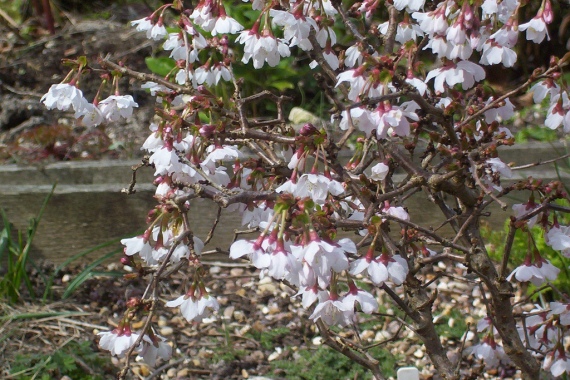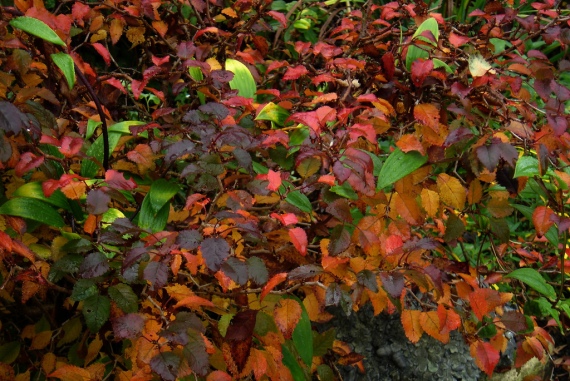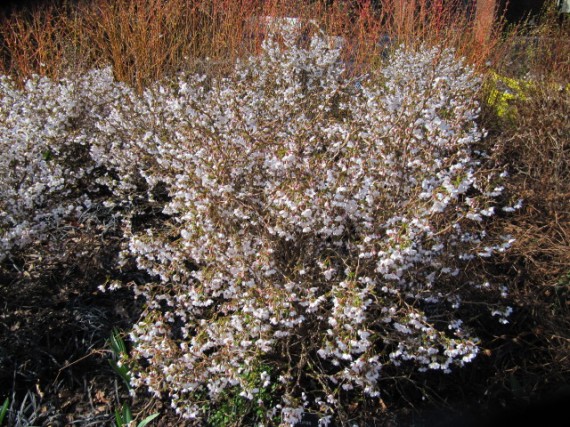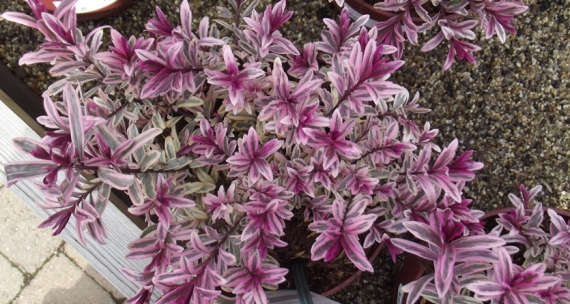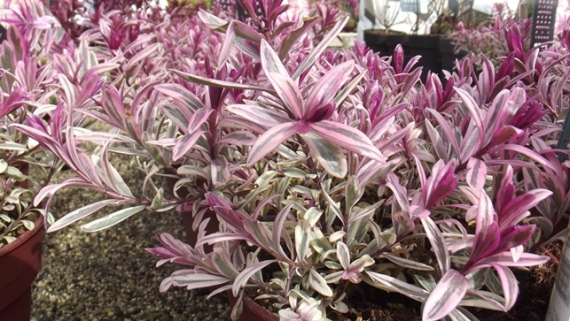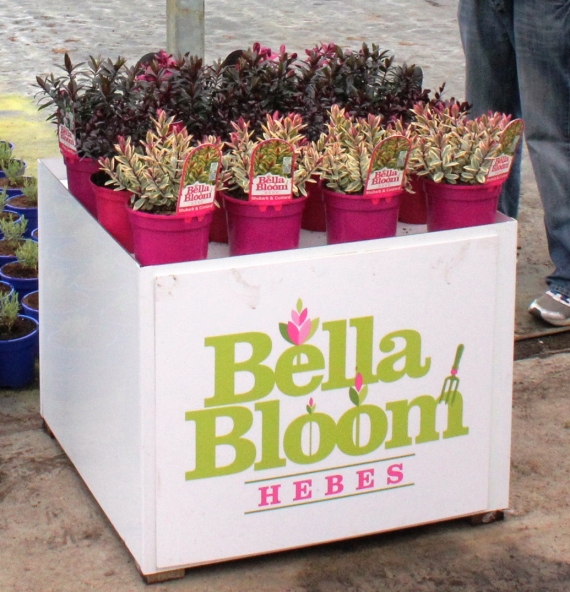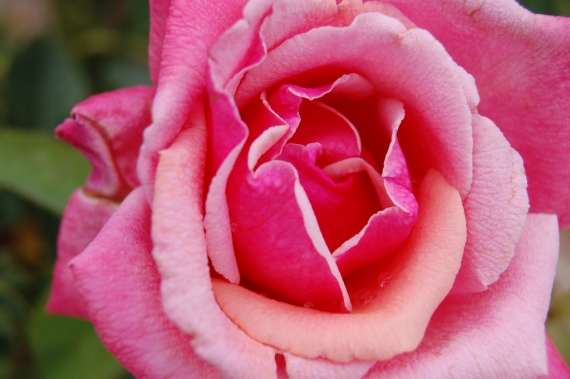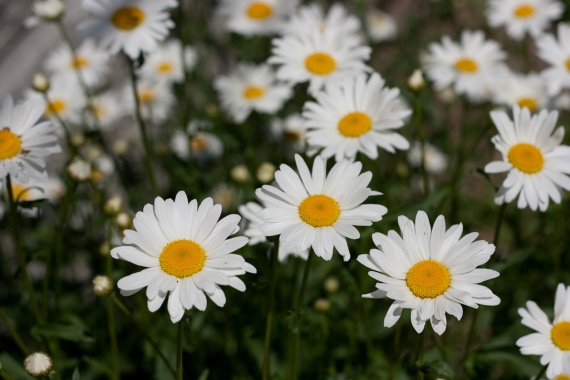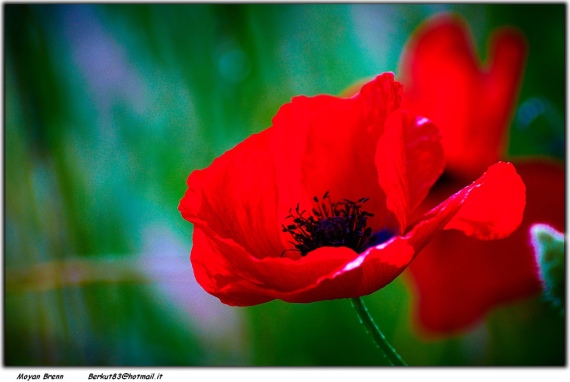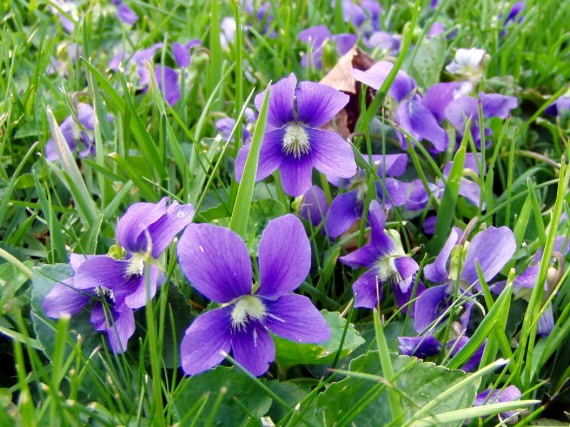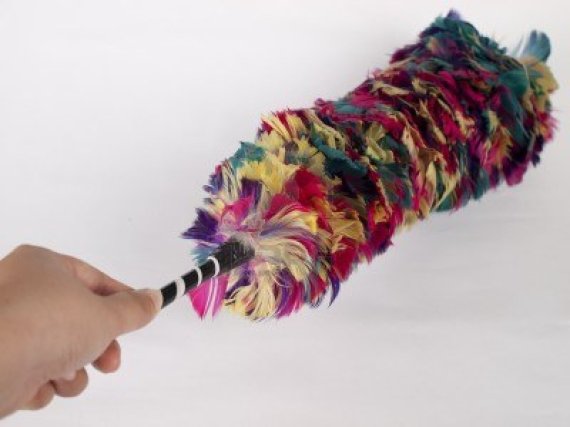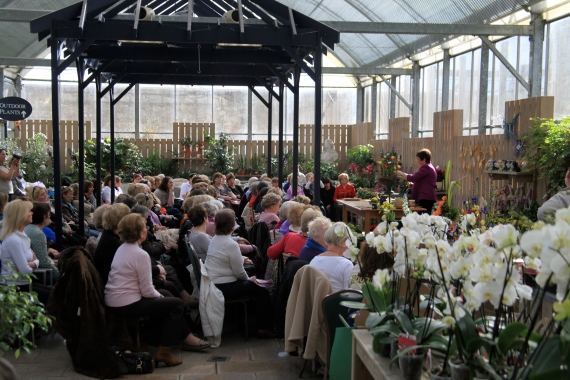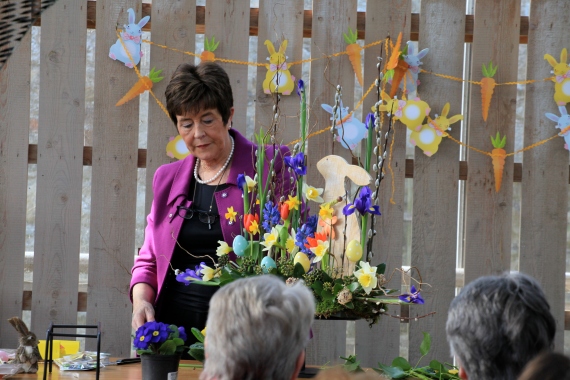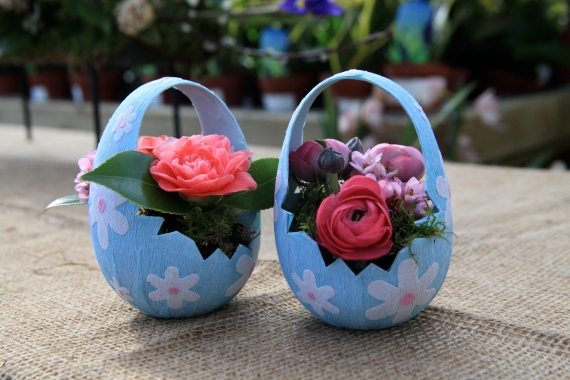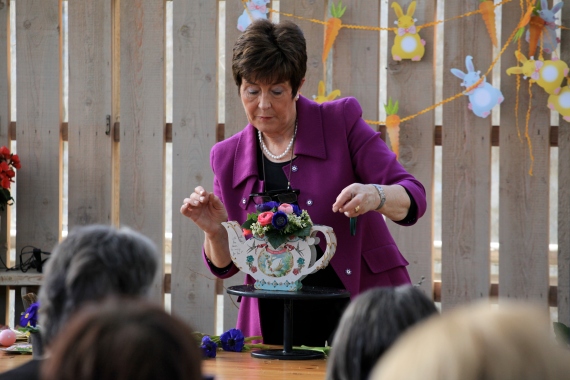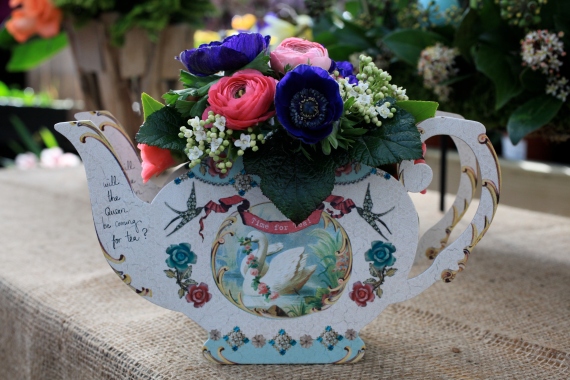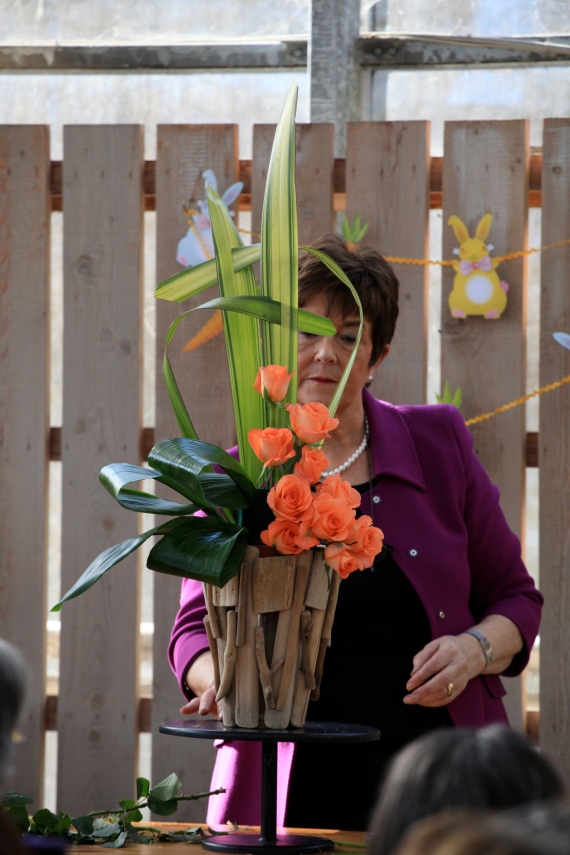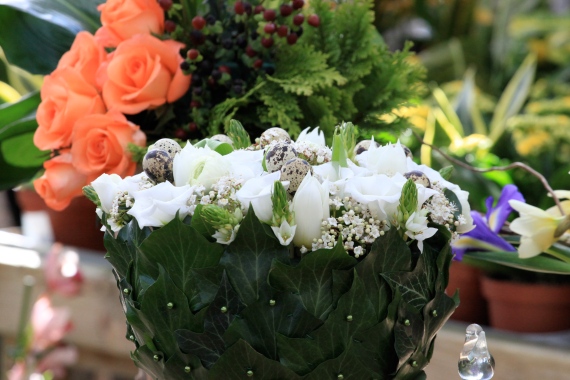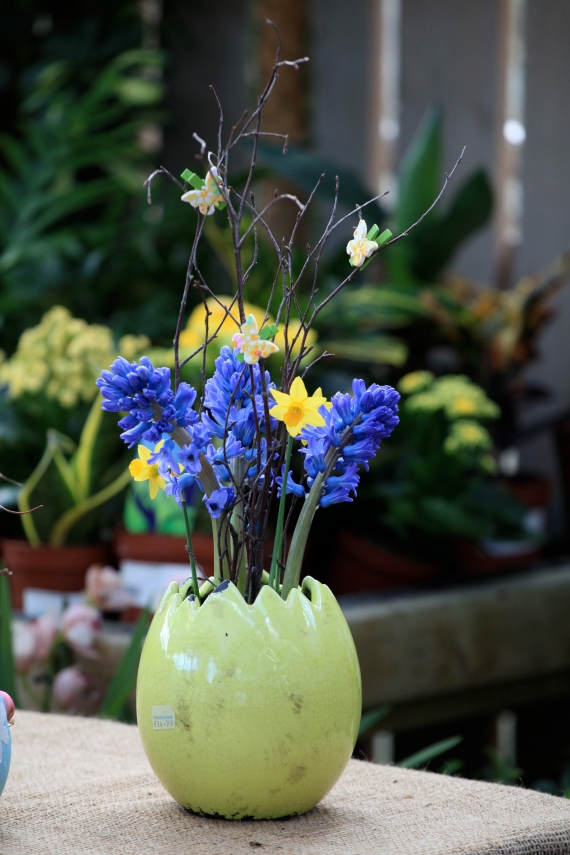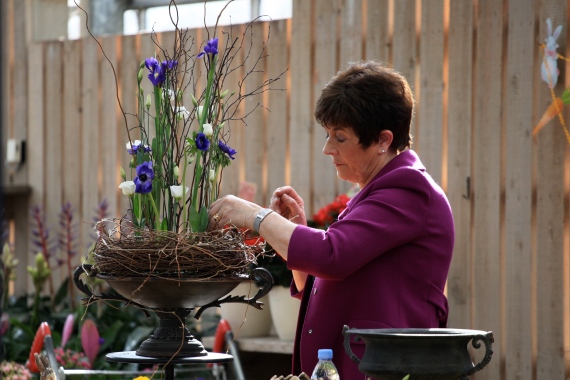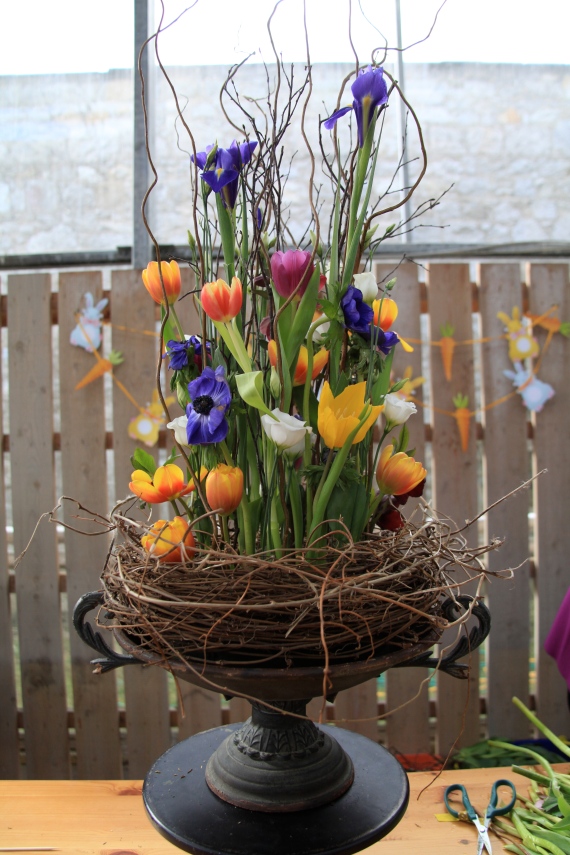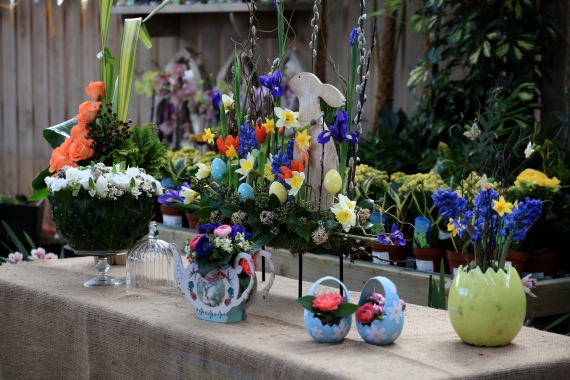In this blog article, we are delighted that Camelia and Tim Austen of Austen Flowers in County Wicklow have provided us with a fantastic guest blog post on what plants and flowers to grow in your garden at home to make beautiful floral arrangements.
Learn more about Camelia and Tim Austen and Austen Flowers on their website or by calling 0404 66827.
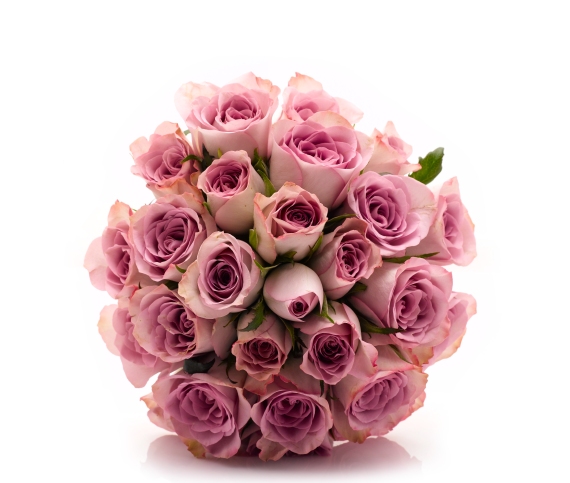
“Sitting directly alongside the horticultural profession that we associate with all things to do with gardening and garden design is another equally large aspect of the horticultural sector: the cut-flower and floristry industry. Whilst this industry is highly commercialised at the growing end, at the point-of- sale, the way flowers are presented to the consumer can vary highly from those who are involved in retailing flowers on a mass scale, such as the supermarkets, to the high street florist and on to companies who operate as specialist floral designers and artists.
Each of these has a different way of selling flowers. But what each has in common is (one hopes!) an understanding of the botanical aspects of their product, for after all we are dealing with parts of plants, whether flowers or foliage and it is useful to have a knowledge of how the plant material is going to last after picking. In this regard, since specialist floral artists use a wider range of material in more unusual ways they will, perhaps, need to have the greatest understanding of the botanical aspects of their product.
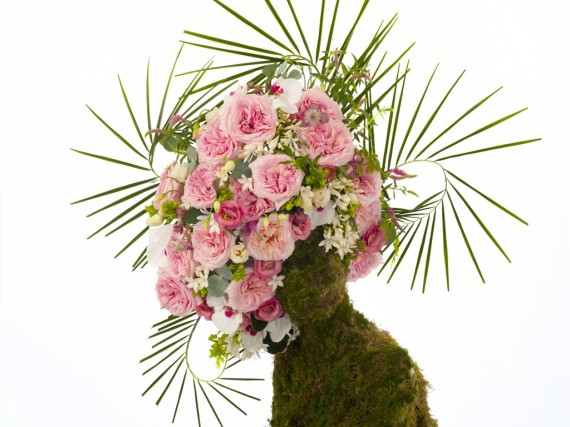
As a specialist event florist, in the main, we tend to use commercially grown flowers, for two reasons: firstly we get uniformity and reliability of product, and secondly they lack bugs! Imagine a floral designer’s worst nightmare when an itsy-bitsy spider is seen creeping, out of the table-centre, across the pristine tablecloth making its way towards the star of the evening! Thus, due to their variability we tend to use a limited selection of flowers picked from the garden. However, we will often use seasonal foliage as it can be the perfect match to a natural display or sometimes simply because we have run out of stock!
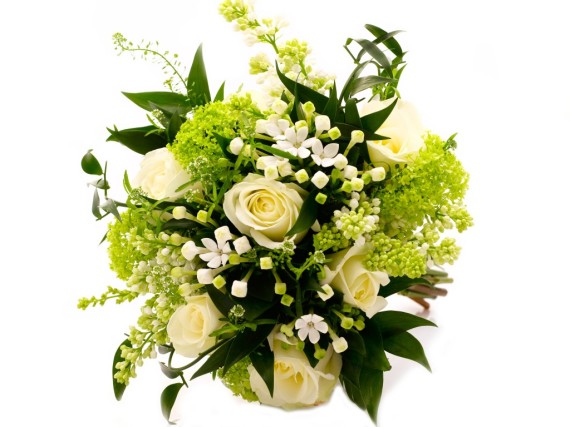
So, what can you grow in the garden to give provide a floristic reserve? To start with there is nothing more useful in flower arranging than the ubiquitous ivy – use either in long trails to add movement and fluidity to a church arrangement, or the mature ivy sprigs and berries can provide texture and are a good filler to cover the florist foam. All it needs is a good bath: literally, submerge the ivy in a cold bath of water to give it a good drink and wash before use.
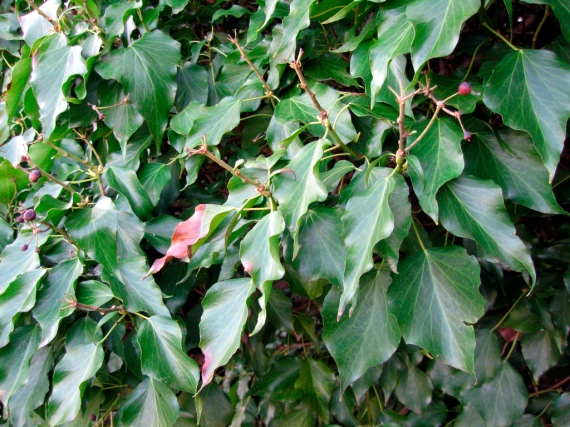
Any type of willow, red or yellow-stemmed Cornus, birch (any type) can either be used on their own to make a striking focal point, to provide structure as a mass or indeed they can be a good material for creating large wired structures. The lovely, spiralling twigs of Corylus contorta can be left out of water and used as a frame-work for a permanent display in a dark corner. Twisted hazel can also be used to create an arty arrangement with good quality silk flowers.
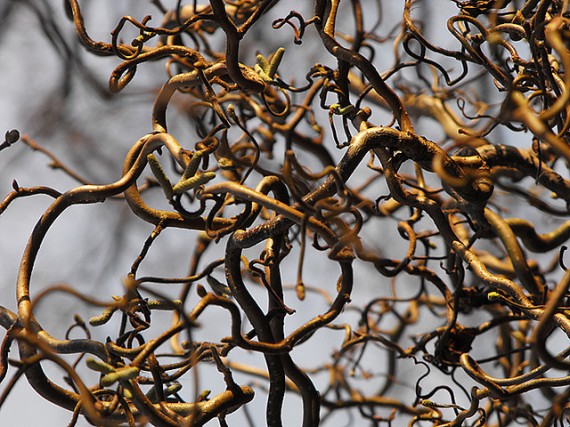
The viburnums are great, easy-to grow shrubs that seem to be made for floristry. Viburnum tinus is very useful both in the spring with long lasting clusters of white flowers and in the autumn for their jewel black berries. Viburnum opulus has beautiful, initially, fresh white-green flower pom-poms and then later striking red berries. Weigela florida ‘Elstead’ also has interesting variegated foliage on long lasting stems and is very good for large arrangements. Cotinus coggygria ‘Royal Purple’ makes an attractive backdrop for red and hot pink blooms, and even the panicles of spent flowers add a lovely texture to an autumnal arrangement.
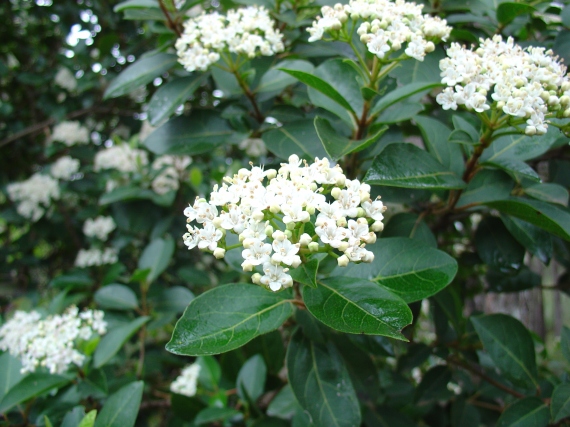
The secret to using plant material from your garden successfully is good conditioning: you collect it preferably in the evening or first thing in the morning, bring the foliage/flower inside, re-cut the stem at an angle (to increase the surface of water intake) just above a node, remove any leaves that might go below the water line, and put in a clean bucket with tepid water to which you add a drop of household bleach (it kills the bacteria). Give it at least two hours of conditioning in a cool place before using.
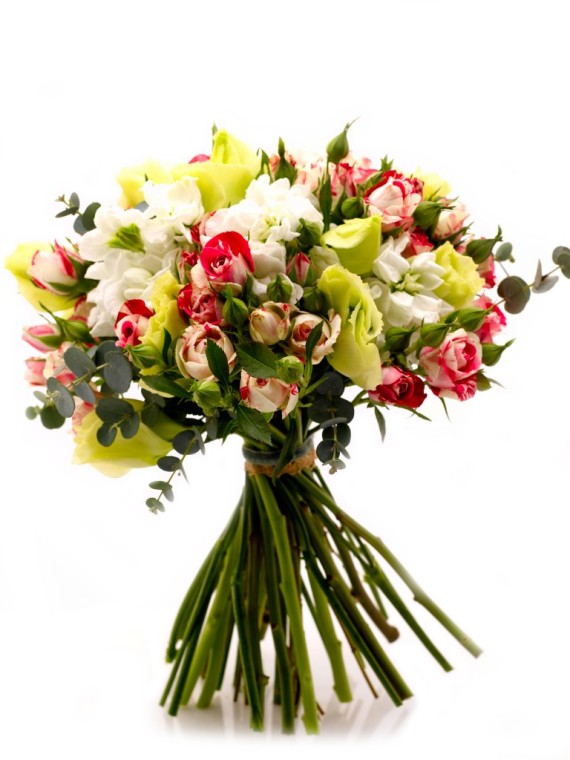
In spring, there is nothing like a simple gathering of Prunus blossom, simply place in a clear tank or glass cylinder. At the same time, we all love and have banks of pretty daffodils. The way to use them successfully in arrangements is to condition them separately in a container for 24 hours so the toxic sap stops flowing and then, contrary to popular beliefs, they can be mixed with other blooms; just make sure you wipe the stems and even more importantly do not re-cut them.
Although ferns add a lovely movement to an arrangement, they don’t really like it in the florist foam. We use potted ferns supported with bamboo canes threaded through the drainage holes to anchor them into the arrangement.
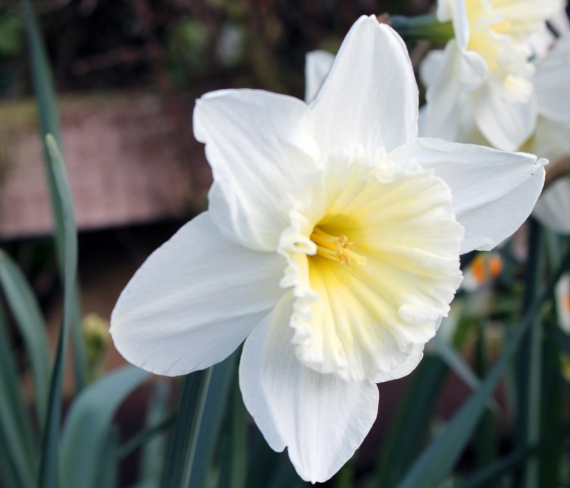
Evergreens, such as Pittosporum are long lasting; we really love ‘Tom Thumb’ both for its foliage colour and the delicate, petite nature of its foliage. In high summer into autumn, cut Sedum stems for use in oasis or hand-tied arrangements. And Skimmia japonica has three virtues: it is long lasting, has glossy foliage and also attractive flower buds.
For softer foliage, Hosta fortunei ‘Aureomarginata’ becomes a collar for a simple bunch of garden roses. Fatsia japonica leaves are architecturally significant and really useful for covering the mechanics (floral foam, unsightly plastic dishes).
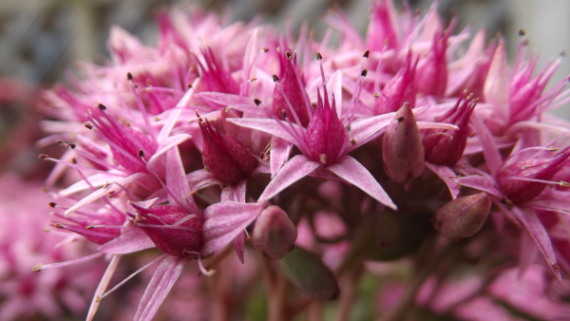
Having set this out, we are of the opinion that the plants that perform best are the robust garden stalwarts. Often the best foil for a beautiful arrangement is right in front of you, perhaps, a structural plant that does its thing year after year, quietly getting on it with it without being noticed. And then it has its moment to shine, its foliage taken out of the garden to a setting where it can truly shine on its own accord or act as the perfect support to a beautiful selection of flowers.
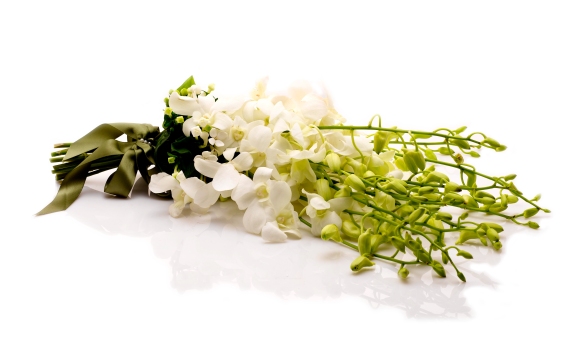
Thank you so much Camelia and Tim Austen for such an informative post, we really appreciate it.
Austen Flowers: W: www.austenflowers.com T: 0404 66827
